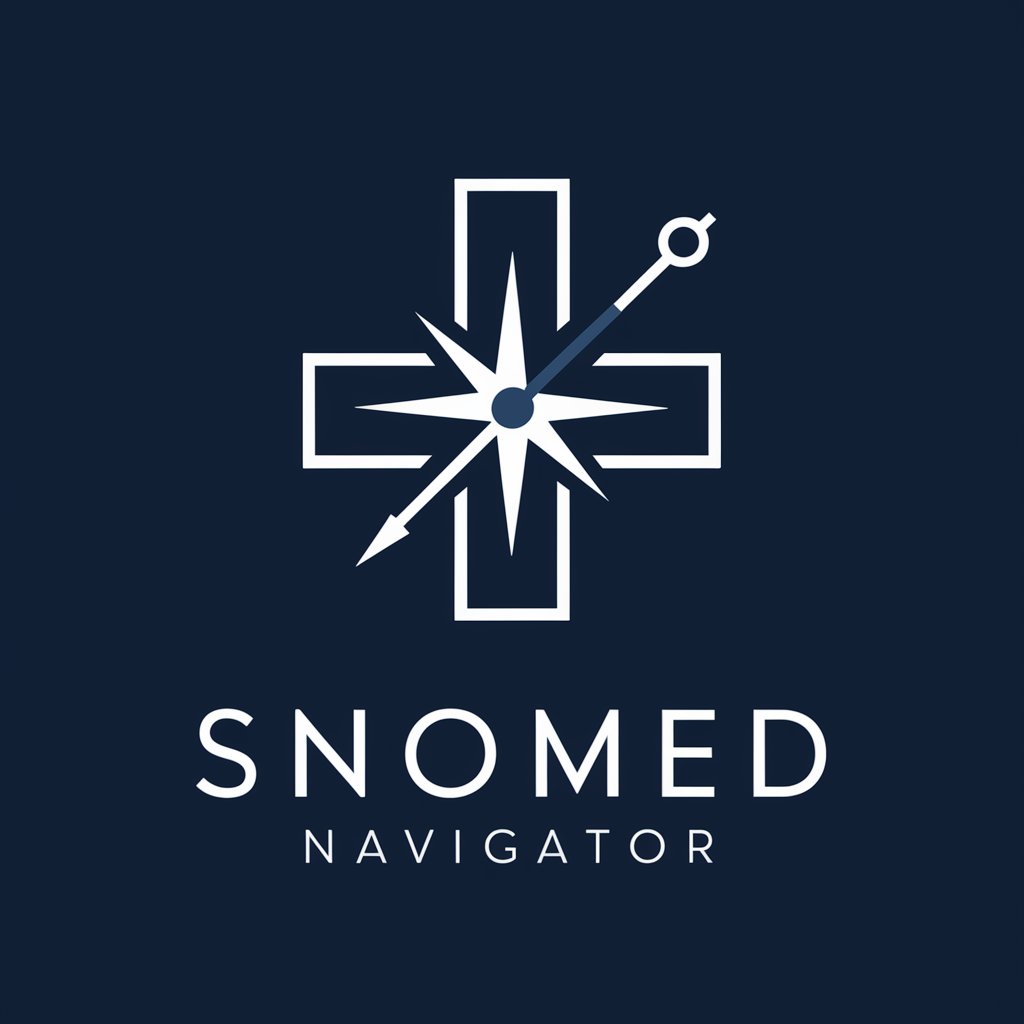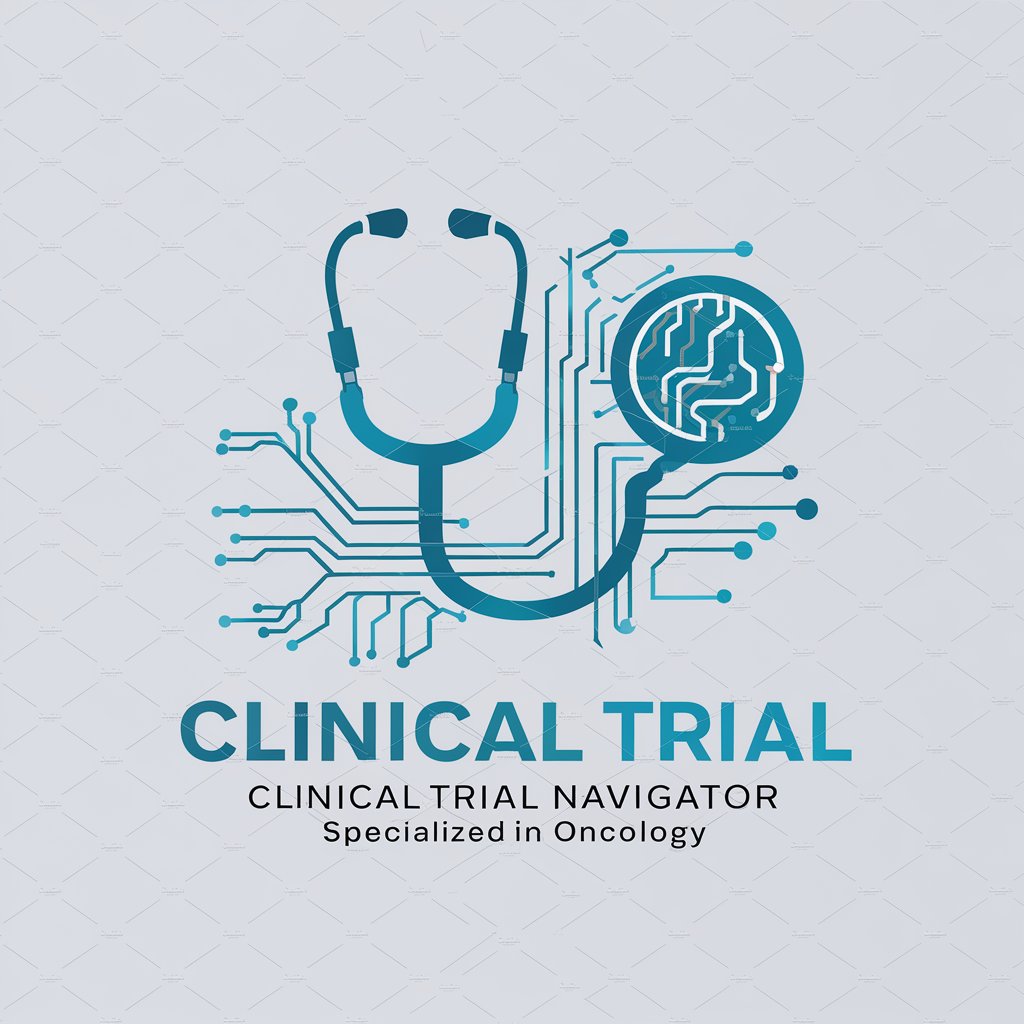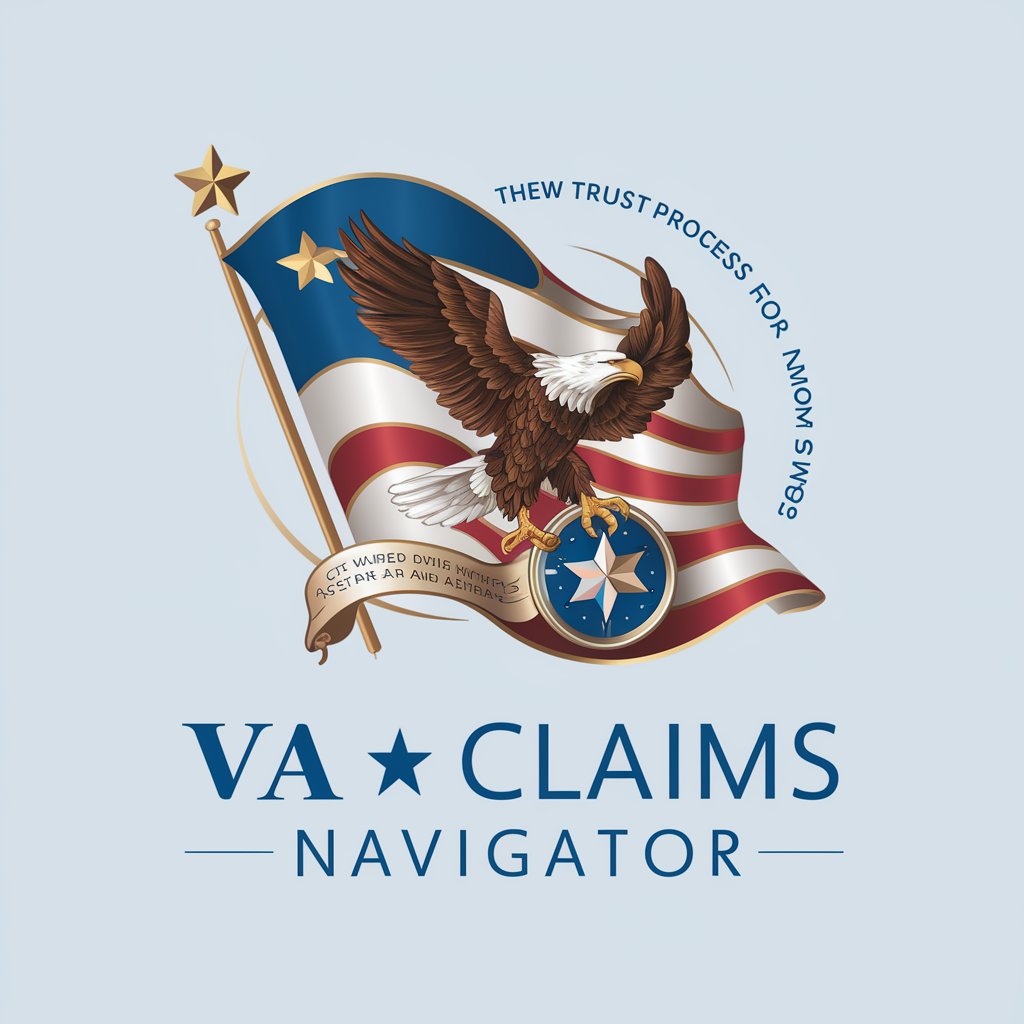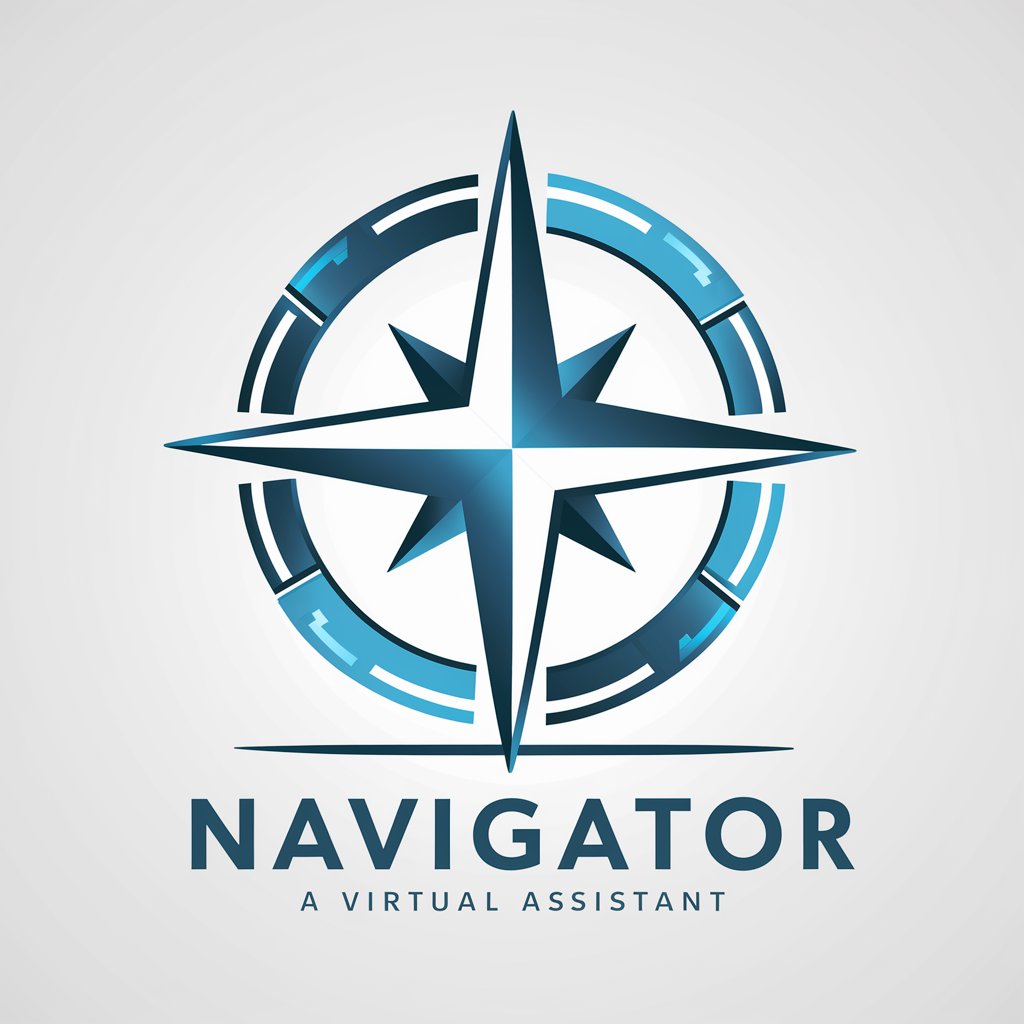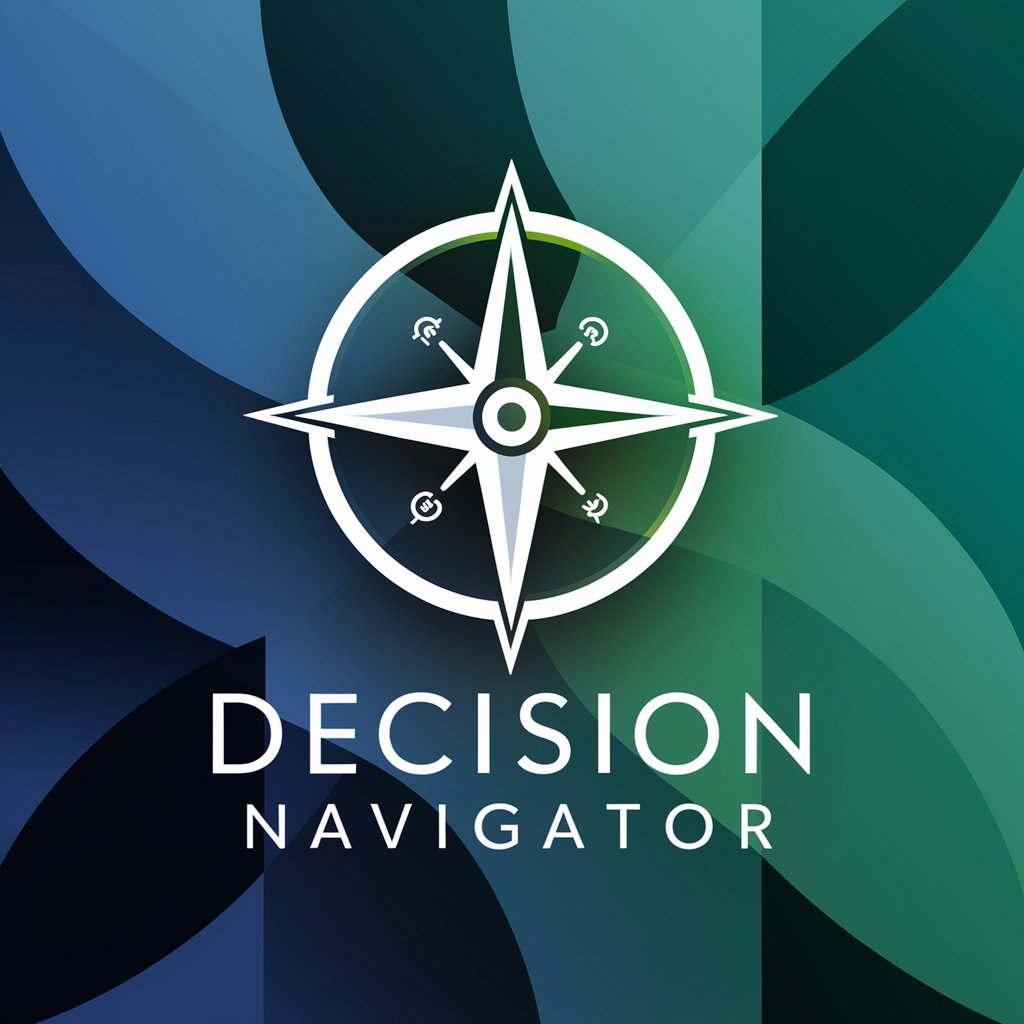
Diagnostic Reference Navigator - mental health diagnostic aid
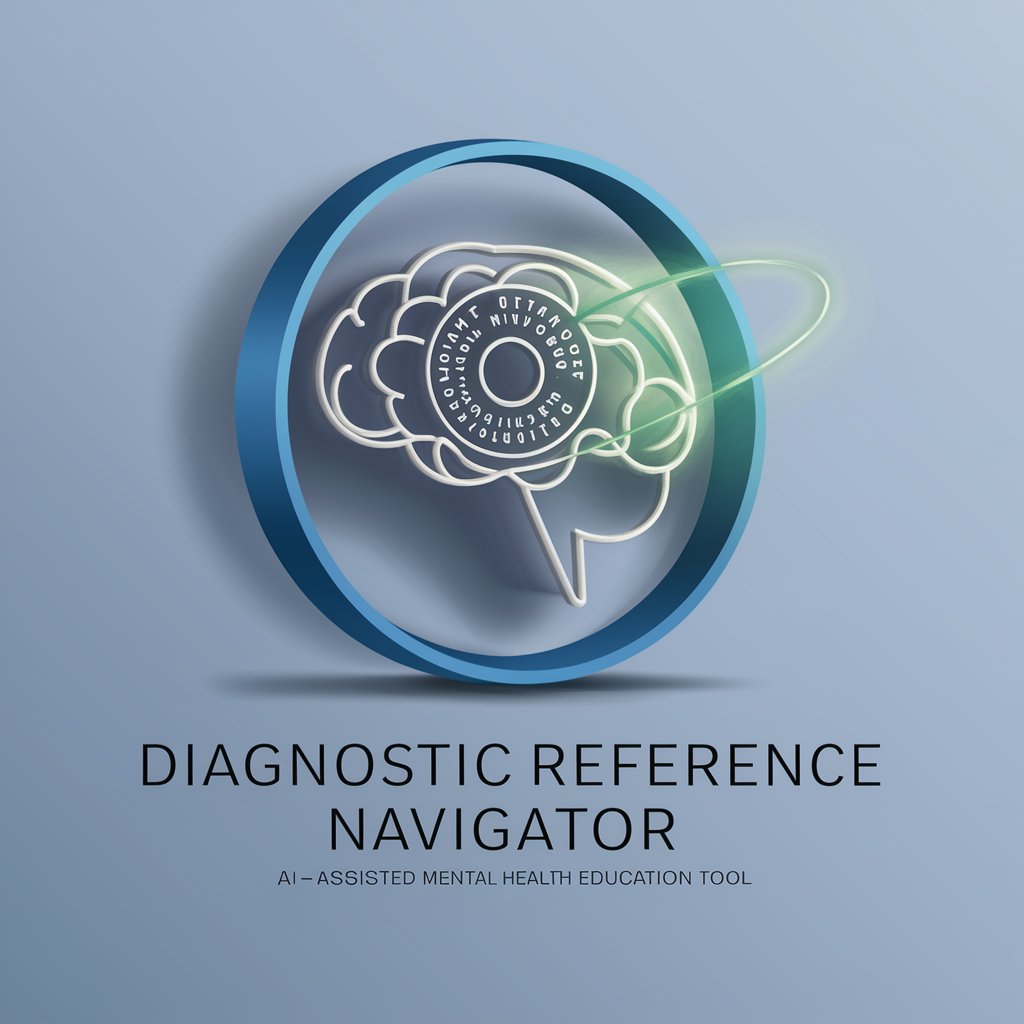
Welcome! How can I assist with your DSM-5-TR inquiries today?
Empowering mental health professionals with AI
Explain the diagnostic criteria for...
What are the differential diagnoses for...
Describe the developmental course of...
What are the risk factors associated with...
Get Embed Code
Overview of Diagnostic Reference Navigator
The Diagnostic Reference Navigator is an AI-assisted tool designed to enhance mental health education by providing comprehensive information on DSM-5-TR diagnoses. It serves as a supplementary aid for professionals, offering detailed insights into various mental health conditions. Through the provision of DSM-5-TR codes, diagnostic criteria, differential diagnoses, and associated features, it aims to support informed clinical decision-making. An example scenario illustrating its use could be a psychologist seeking to differentiate between major depressive disorder and persistent depressive disorder for a patient presenting with symptoms of depression. The tool would offer detailed diagnostic criteria for both conditions, along with risk factors, specifiers, and comorbidity considerations, facilitating a more accurate assessment. Powered by ChatGPT-4o。

Core Functions of Diagnostic Reference Navigator
Provision of DSM-5-TR Diagnostic Criteria
Example
A clinician queries the criteria for Generalized Anxiety Disorder (GAD). The Navigator provides the specific DSM-5-TR criteria, including the required duration of symptoms, the number of symptoms needed for diagnosis, and examples of such symptoms.
Scenario
This function is particularly useful in clinical settings, where accurate diagnosis guides treatment planning.
Differentiation Between Similar Diagnoses
Example
A therapist is uncertain whether a client's symptoms align more closely with Bipolar I Disorder or Cyclothymic Disorder. The tool outlines the key differences in symptomology, duration, and severity required for each diagnosis.
Scenario
This aids in precise diagnosis, ensuring the client receives appropriate intervention.
Identification of Comorbid Conditions
Example
A psychiatrist wonders about the comorbidity of ADHD and anxiety disorders in an adolescent patient. The tool provides information on the prevalence and presentation of comorbid conditions, including how one condition may influence the diagnosis and treatment of the other.
Scenario
Understanding comorbidity is crucial for developing a comprehensive treatment plan that addresses all facets of a patient's mental health.
Target User Groups for Diagnostic Reference Navigator
Mental Health Professionals
This includes psychologists, psychiatrists, clinical social workers, and mental health counselors who require access to detailed diagnostic criteria and differential diagnoses to inform their clinical assessments and treatment planning.
Mental Health Educators and Students
Educators teaching courses related to psychology and psychiatry, as well as students in these fields, can benefit from the Navigator as a learning tool to understand the nuances of psychiatric diagnoses and the application of the DSM-5-TR.
Research Professionals
Researchers focusing on mental health studies can use the Navigator for precise definitions and criteria of mental health conditions, supporting the development of research protocols and the interpretation of study results.

How to Use the Diagnostic Reference Navigator
1
Start by visiting yeschat.ai to access a free trial without the need for login or ChatGPT Plus.
2
Familiarize yourself with the tool's features and functionalities by exploring the user interface and available resources.
3
Input your query related to mental health diagnosis, ensuring you specify the context or details for a more accurate response.
4
Review the provided information, which includes DSM-5-TR codes, diagnostic criteria, and differential diagnoses, to aid in clinical decision-making.
5
Utilize the tool's suggestions for further reading and resources to deepen your understanding or explore related topics.
Try other advanced and practical GPTs
🧩 Java Memory Leak Troubleshooting
AI-driven Java Memory Leak Solver
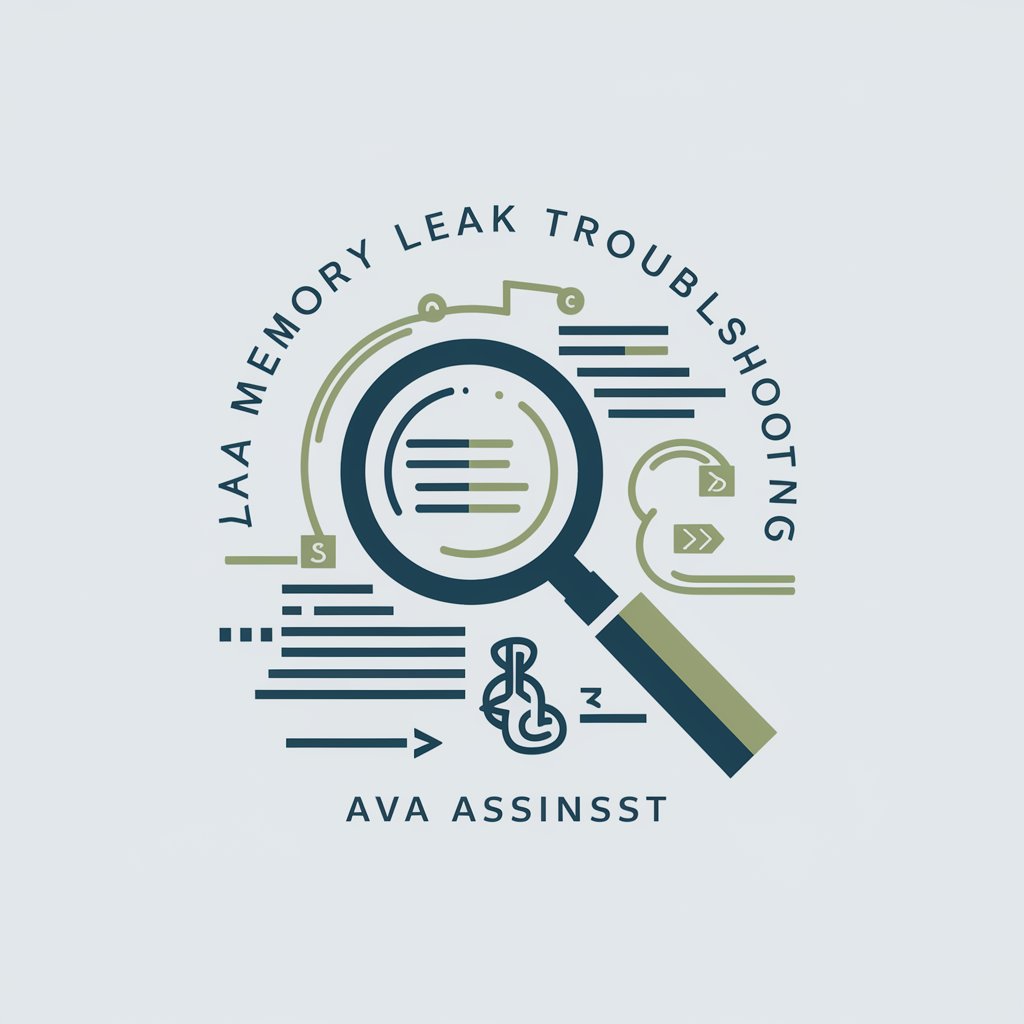
MemGPT Assistant 📚🦙
Elevating AI with Memory Mastery
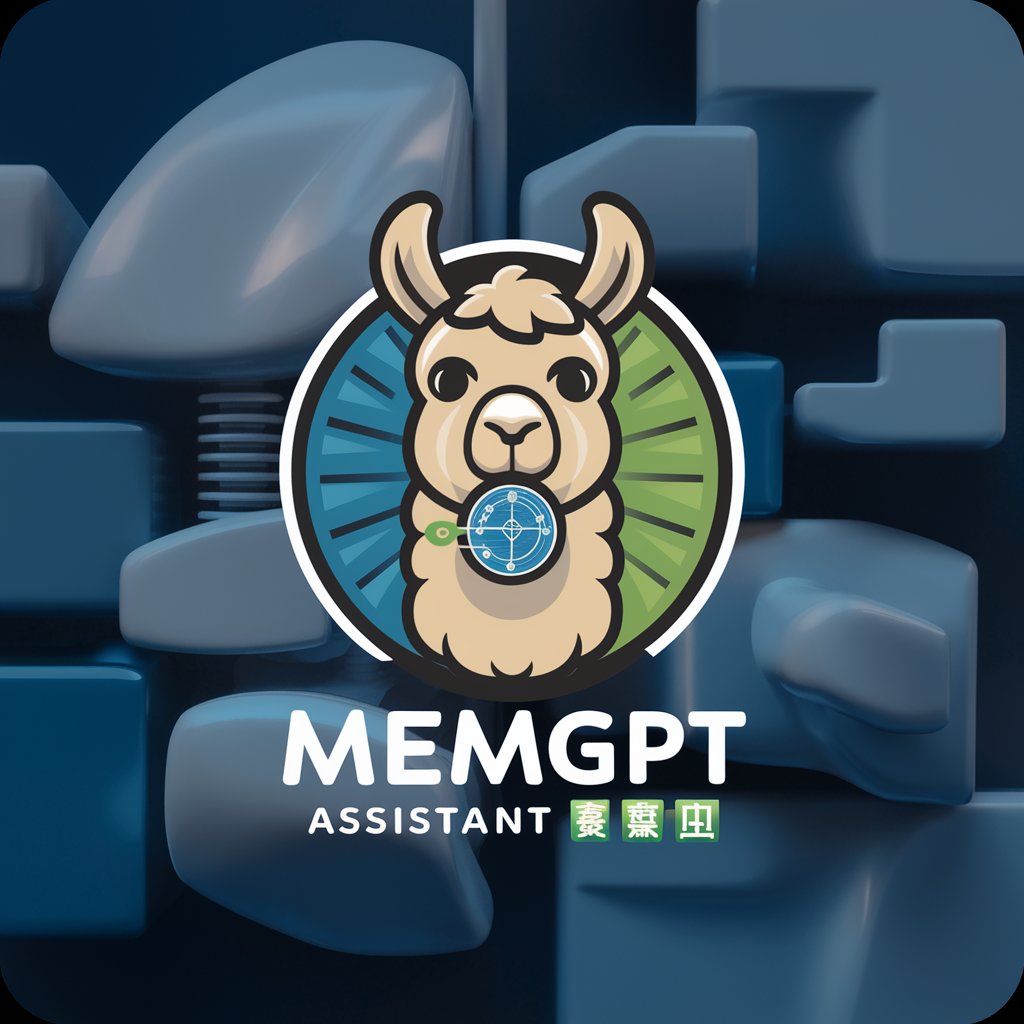
Memory Companion
Reviving Memories with AI Compassion

Official Meme Generator (spicy)
Crafting laughter with AI-powered memes
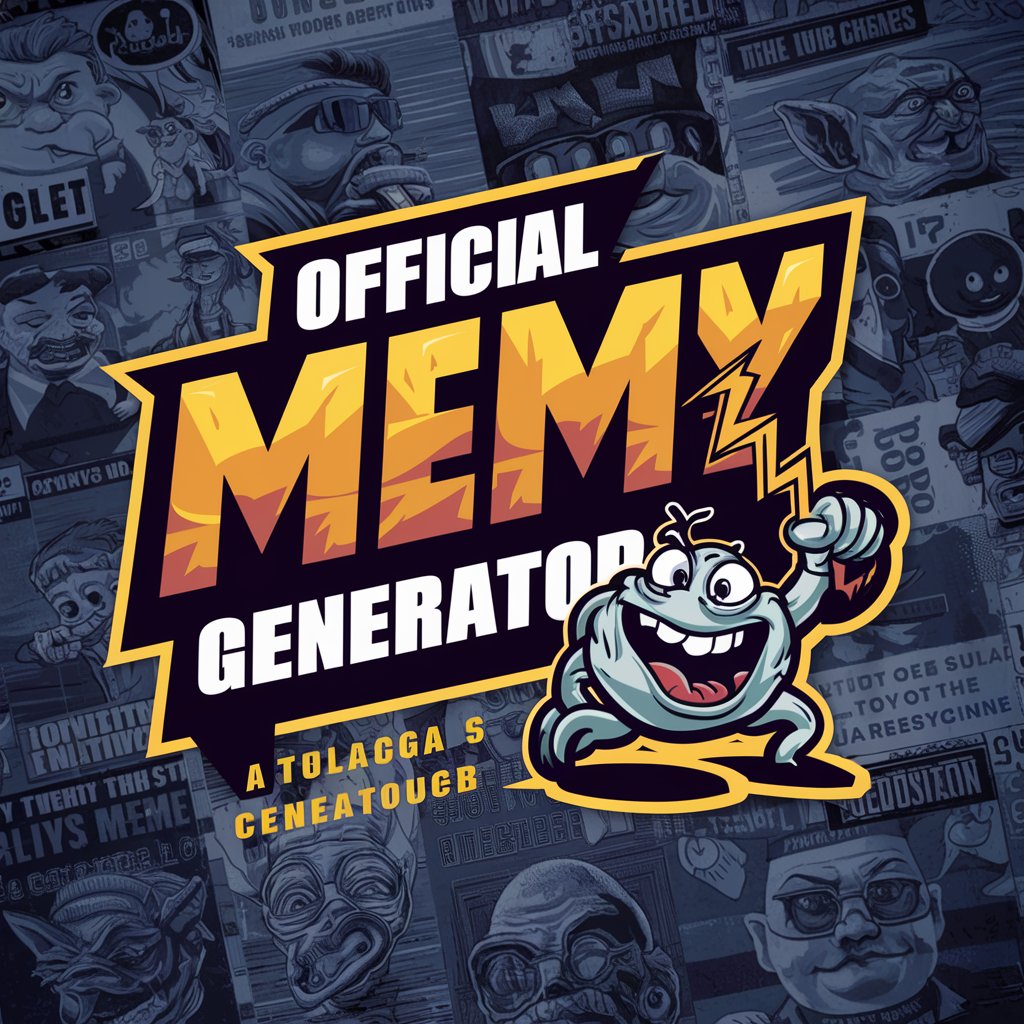
Meditation
Elevate Your Mind, AI-Powered Meditation
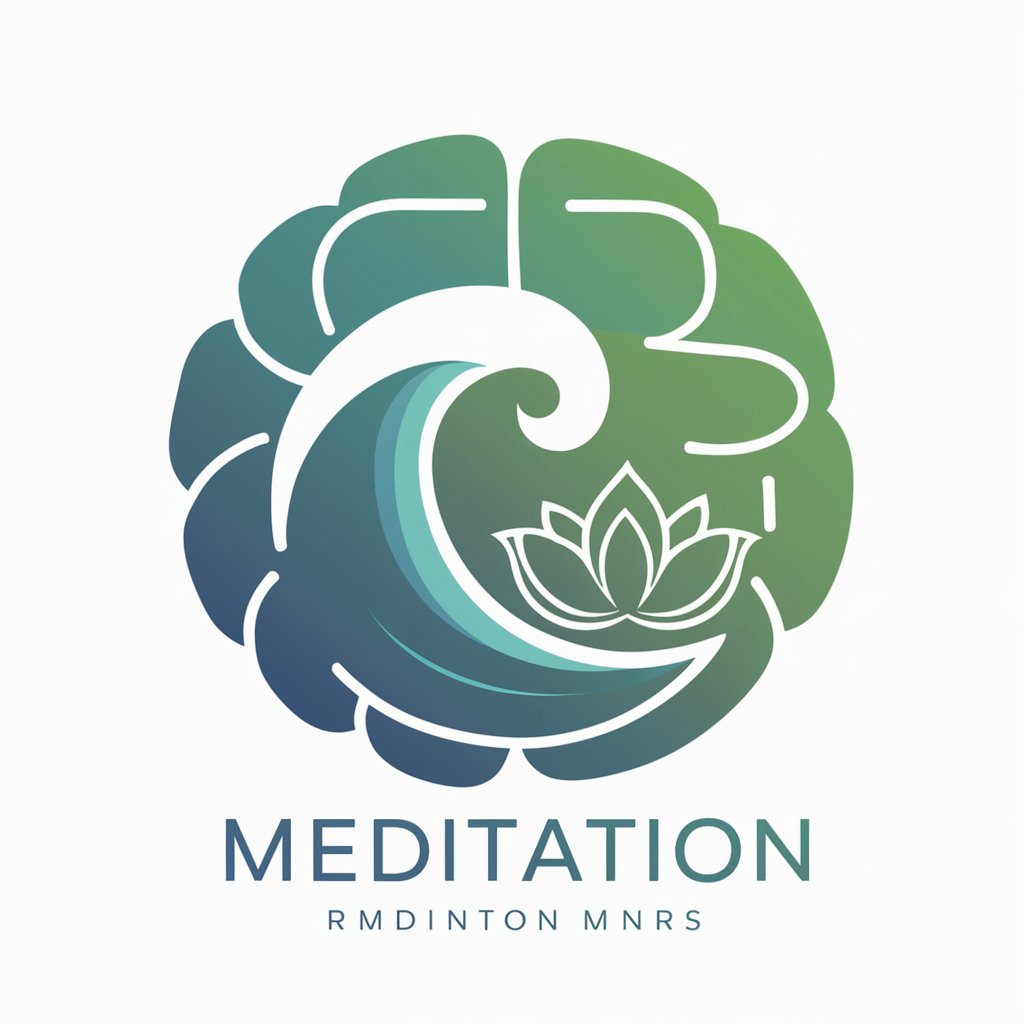
Creative Spark
Ignite Your Creativity with AI
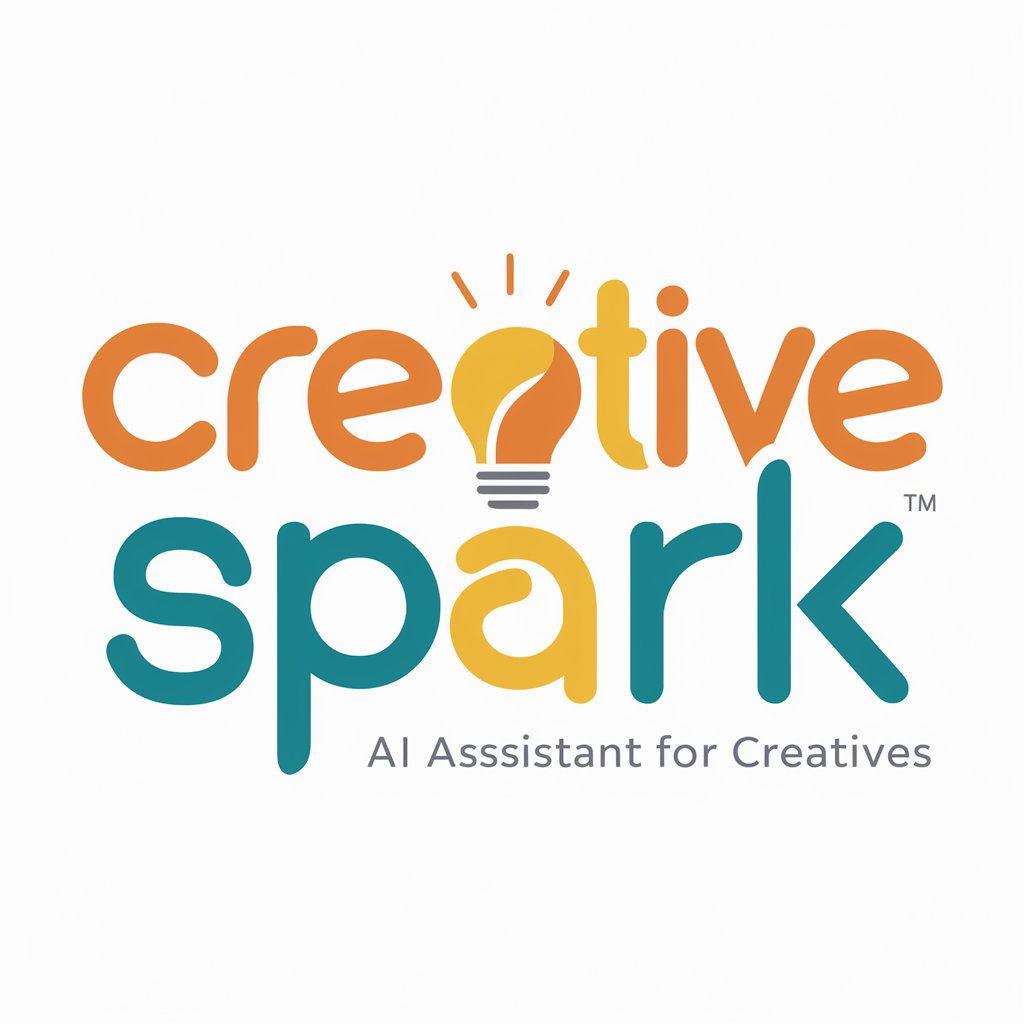
Intervention Recommendation Guide
Empowering mental health professionals with AI-driven interventions.
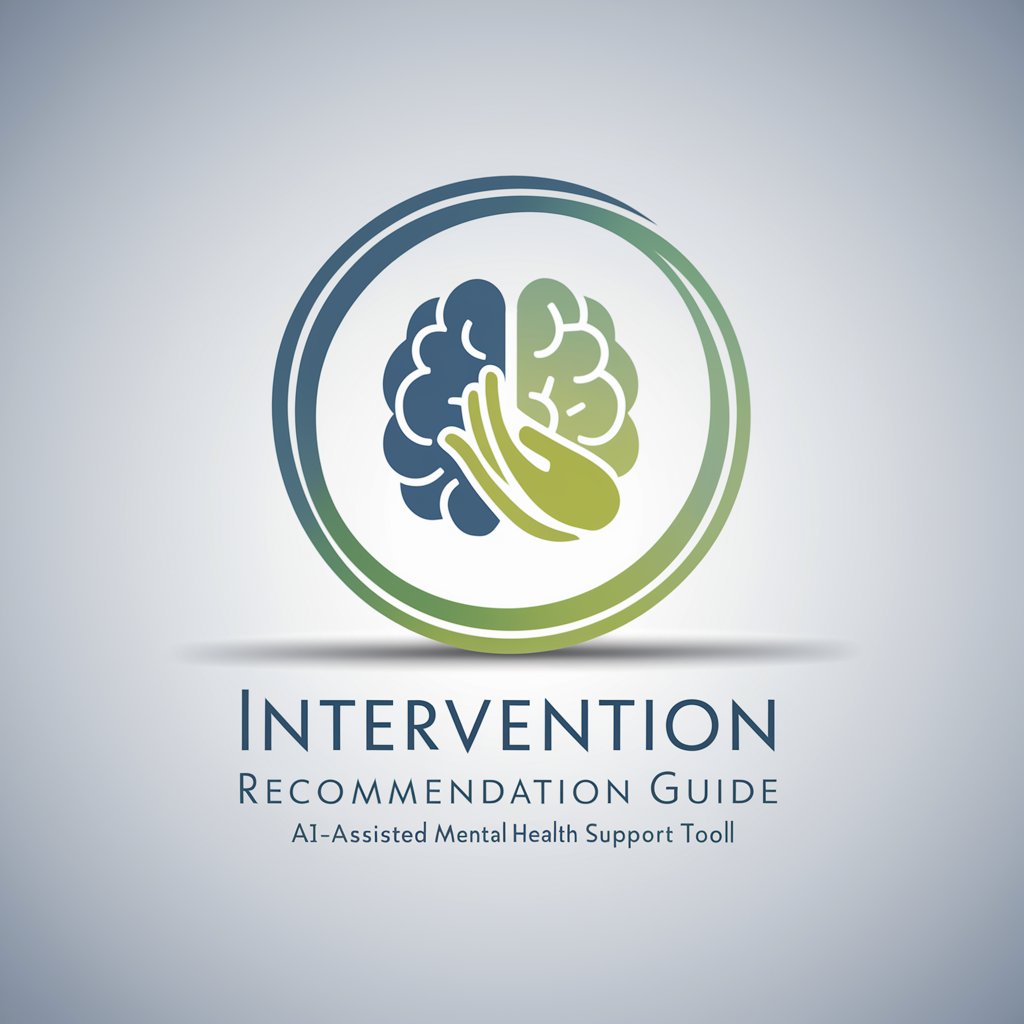
GPT Homepage Messaging Evaluator
Enhance Your Homepage with AI-Powered Insights
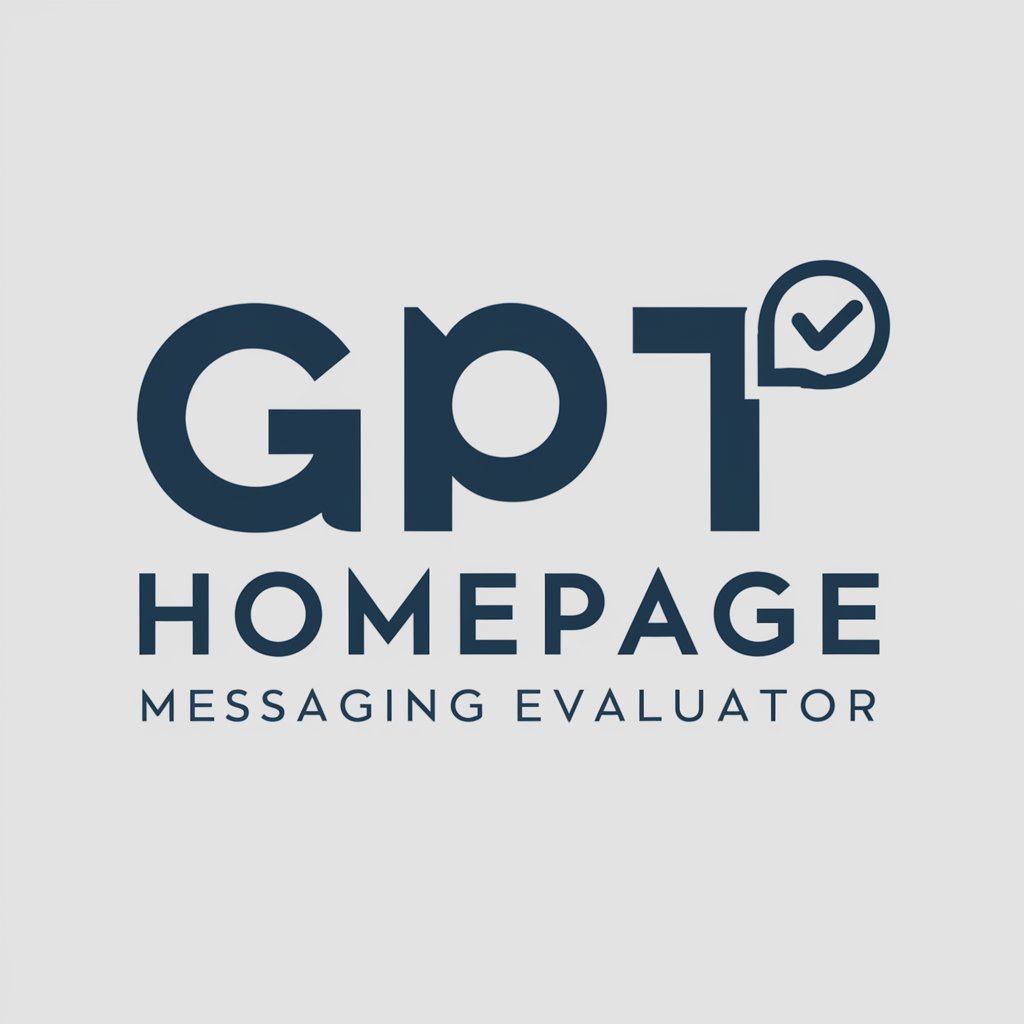
Find Movies on N (⭐️)
Discover top-rated movies effortlessly.

Music Appreciation Bot
Explore the Symphony of History with AI

News Genius
Crafting Timely News with AI Precision

AI Daily Rundown
Stay Ahead with AI-Powered News
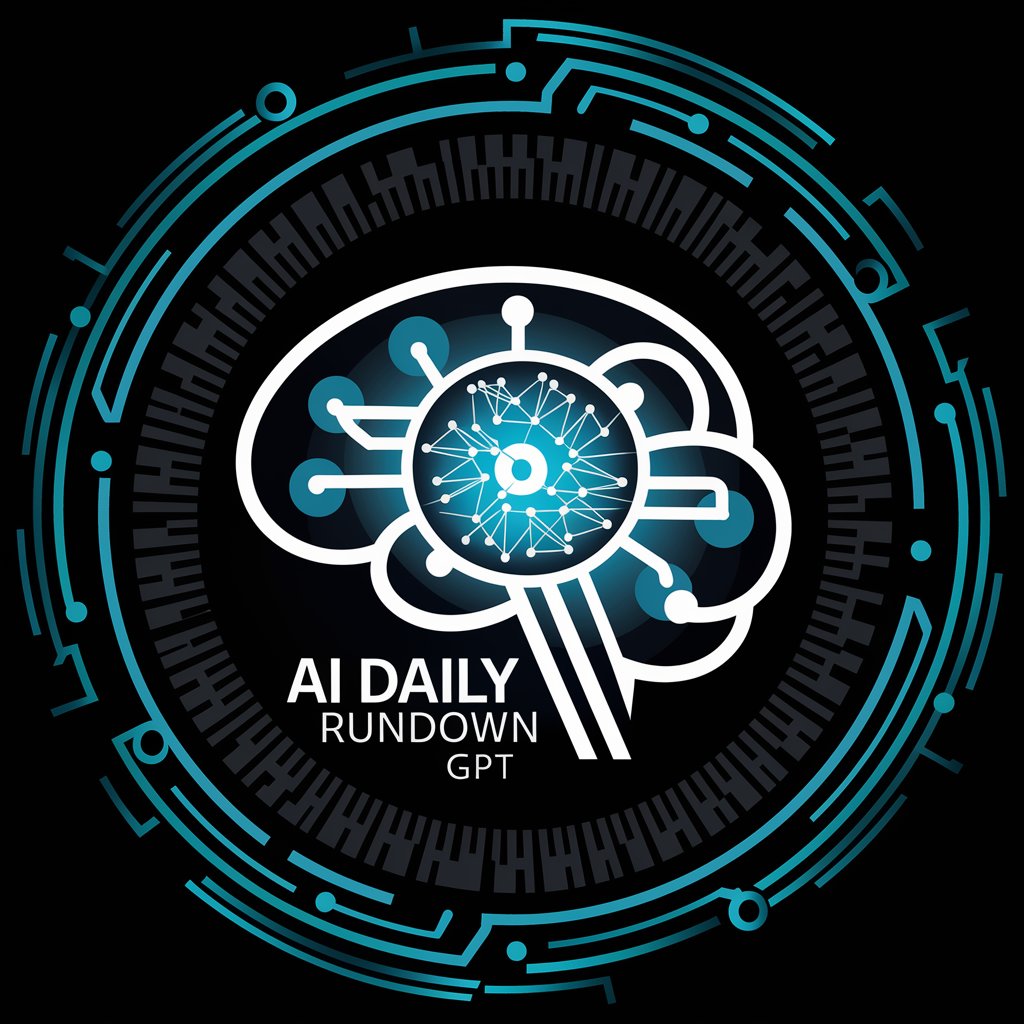
Diagnostic Reference Navigator Q&A
What is the Diagnostic Reference Navigator?
It's an AI-assisted tool for mental health education, providing detailed information on DSM-5-TR diagnoses, including diagnostic criteria, associated features, and differential diagnoses.
Can the Diagnostic Reference Navigator diagnose mental health conditions?
No, it provides educational resources and supports professionals with informational resources. It does not replace professional judgment or clinical diagnosis.
How does the Diagnostic Reference Navigator stay updated?
The tool incorporates the latest research findings and revisions to the DSM-5-TR, ensuring accuracy and relevance.
Is the Diagnostic Reference Navigator suitable for students?
Yes, it serves as a valuable educational tool for students, offering in-depth descriptions and case studies on various mental health conditions.
Can I use the Diagnostic Reference Navigator for self-diagnosis?
It is designed to support professionals and educate individuals. It should not be used for self-diagnosis or to replace consultation with qualified mental health professionals.
